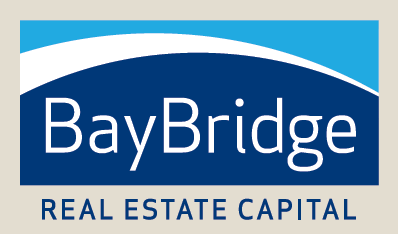Commercial mortgage-backed securities (CMBS) are investment products that offer liquidity to commercial lenders and real estate investors by using mortgages on commercial properties as collateral. These fixed-income investments provide a relatively reliable source of income to investors while also providing financing opportunities to commercial lenders. However, in 2023, the reliability of CMBS is deteriorating in step with defaulting office properties and a turbulent macroeconomic landscape.
J.P. Morgan has forecasted that, in the likely event that office occupancies don’t recover from their pandemic slump, approximately 21 percent ($39 billion) of CMBS loans linked to office properties are at risk of default. This default rate could result in an 8.6 percent loss for loan holders, translating to $38 billion in losses for the banking industry and $16 billion for life insurance firms. J.P. Morgan acknowledged that the cumulative losses might be bearable, but the banking industry, which is already under pressure due to a deposit outflow, will feel the impact. According to Yahoo Finance, regional US banks are heavily invested in commercial real estate, holding about 70 percent of the outstanding commercial property debt. In more severe scenarios, where office occupancies shrink by 20 and 30 percent, J.P. Morgan estimates that the default rates could increase to 28 and 35 percent, respectively. According to the bank, commercial mortgage-backed securities make up 22 percent ($549 billion) of commercial real estate loans, excluding multifamily, of which $185 billion is exposed to office properties.
CRED iQ analytics help quantify the distress in metrics beyond dollars and cents. Their data reported a month-over-month increase in the special servicing rate for CMBS loans, representing loans managed by special servicers regardless of delinquent status. The rate grew from 5.10 to 5.53 percent, with a 40-basis point increase over the last two months. When combined with the delinquency rate, the resulting distressed rate stands at 5.73 percent. The overall distressed rate increased compared to the previous month’s rate of 5.29 percent, with distressed rates generally slightly higher than special servicing rates. Many distressed loans are managed by special servicers.
The risk of default is driving the prices of CMBS loans down, inversely increasing yields. Rising yields are blowing out the spread between CMBS and U.S. government bonds, which indicates a decline in trading activity and decreased capital flow. As banks pull back on lending, expect mortgage REITS, life insurers and bridge lenders to step up to the plate. However, lending platforms across the board will tighten up their underwriting standards.
Works Cited
Stribling, D. (2023, April 3). Nearly $39B in CMBS office loans will default, J.P. Morgan predicts. Bisnow. Retrieved April 7, 2023, from https://www.bisnow.com/national/news/office/nealy-39b-in-cmbs-office-loans-will-default-jp-morgan-predicts-118367
McDevitt, M. (2023, April 3). CMBS delinquency rate increases in March. Commercial Observer. Retrieved April 7, 2023, from https://commercialobserver.com/2023/04/cmbs-delinquency-rate-increases-in-march/
